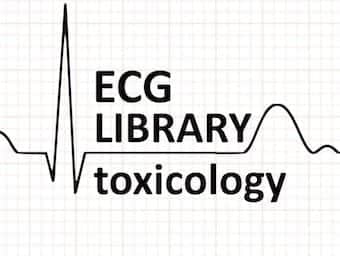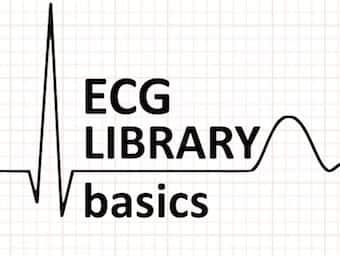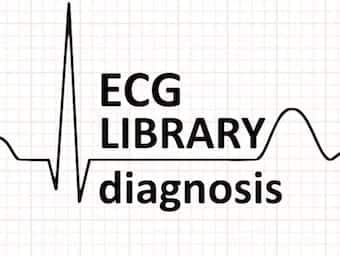
Digoxin Effect
ECG examples of digoxin effect cardiotoxicity. Downsloping ST depression with a characteristic "Salvador Dali sagging" appearance.

ECG examples of digoxin effect cardiotoxicity. Downsloping ST depression with a characteristic "Salvador Dali sagging" appearance.

ECG Features of Dextrocardia: Including RAD; Positive QRS complexes; Absent R-wave progression; and global negativity

A review of the ECG abnormalities seen in chronic lung disease (CLD) such as Chronic Obstructive Pulmonary Disease (COPD)

Restrictive cardiomyopathy is the least common form of cardiomyopathy. ECG features include low voltage QRS complexes, and non-specific ST segment and T wave changes

Hypertrophic Cardiomyopathy (HCM) results in characteristic ECG changes of "dagger-like" Q waves and large precordial voltages

Massive carbamazepine overdose (> 50mg/kg) is associated with cardiotoxicity due to fast sodium channel blockade.

Dilated cardiomyopathy (DCM) characterised by ventricular dilatation and global myocardial dysfunction (ejection fraction < 40%).

A review of the ECG features of biventricular hypertrophy (BVH) with LVH and RVH or the Katz-Wachtel phenomenon LITFL ECG Library

Bidirectional ventricular tachycardia (BVT) is a rare ventricular dysrhythmia characterised by a beat-to-beat alternation of the frontal QRS axis

ECG changes of benign early repolarisation (BER, J-point elevation, high take-off). Tips to distinguish BER from acute pericarditis

A review of the ECG changes seen in beta-blocker and calcium-channel blocker poisonings, including propranolol and sotalol, with example ECGs.

3rd degree AV block is characterised by complete AV dissociation, with no supraventricular impulses conducted to the ventricles